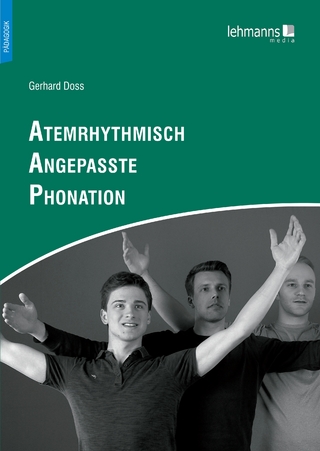
Cultural Evolution
Cambridge University Press (Verlag)
978-0-521-76901-3 (ISBN)
In this book, Kate Distin proposes a theory of cultural evolution and shows how it can help us to understand the origin and development of human culture. Distin introduces the concept that humans share information not only in natural languages, which are spoken or signed, but also in artefactual languages like writing and musical notation, which use media that are made by humans. Languages enable humans to receive and transmit variations in cultural information and resources. In this way, they provide the mechanism for cultural evolution. The human capacity for metarepresentation - thinking about how we think - accelerates cultural evolution, because it frees cultural information from the conceptual limitations of each individual language. Distin shows how the concept of cultural evolution outlined in this book can help us to understand the complexity and diversity of human culture, relating her theory to a range of subjects including economics, linguistics, and developmental biology.
Kate Distin was educated at Cambridge University and the University of Sheffield. She is the author of The Selfish Meme: A Critical Reassessment (Cambridge University Press, 2005) and the editor of the award-winning Gifted Children: A Guide for Parents and Professionals (2006).
1. Introduction: small consequences of one general law; Part I. The Inheritance of Cultural Information: 2. What is information?; 3. How is information inherited?; Part II. The Inheritance of Cultural Information: Natural Language: 4. Natural language and culture: the biological building blocks; 5. How did natural language evolve?; 6. Language, thought, and culture; Part III. In Inheritance of Cultural Information: Artefactual Language: 7. How did artefactual language evolve?; 8. Artefactual language, representation and culture; 9. Money: an artefactual language; 10. Money: the explanatory power of artefactual languages; Part III. The Receivers of Cultural Information: 11. How does human diversity affect cultural evolution?; Part IV. The Expression of Cultural Information: 12. Aspects of the cultural ecology; 13. Patterns of cultural taxonomy; 14. Conclusion: a representational understanding of cultural evolution; Appendix: what about memetics?
| Erscheint lt. Verlag | 31.5.2010 |
|---|---|
| Zusatzinfo | 3 Line drawings, unspecified |
| Verlagsort | Cambridge |
| Sprache | englisch |
| Maße | 152 x 229 mm |
| Gewicht | 520 g |
| Themenwelt | Geisteswissenschaften ► Sprach- / Literaturwissenschaft ► Sprachwissenschaft |
| Naturwissenschaften ► Biologie ► Evolution | |
| Sozialwissenschaften ► Ethnologie | |
| Sozialwissenschaften ► Soziologie | |
| ISBN-10 | 0-521-76901-9 / 0521769019 |
| ISBN-13 | 978-0-521-76901-3 / 9780521769013 |
| Zustand | Neuware |
| Haben Sie eine Frage zum Produkt? |
aus dem Bereich


